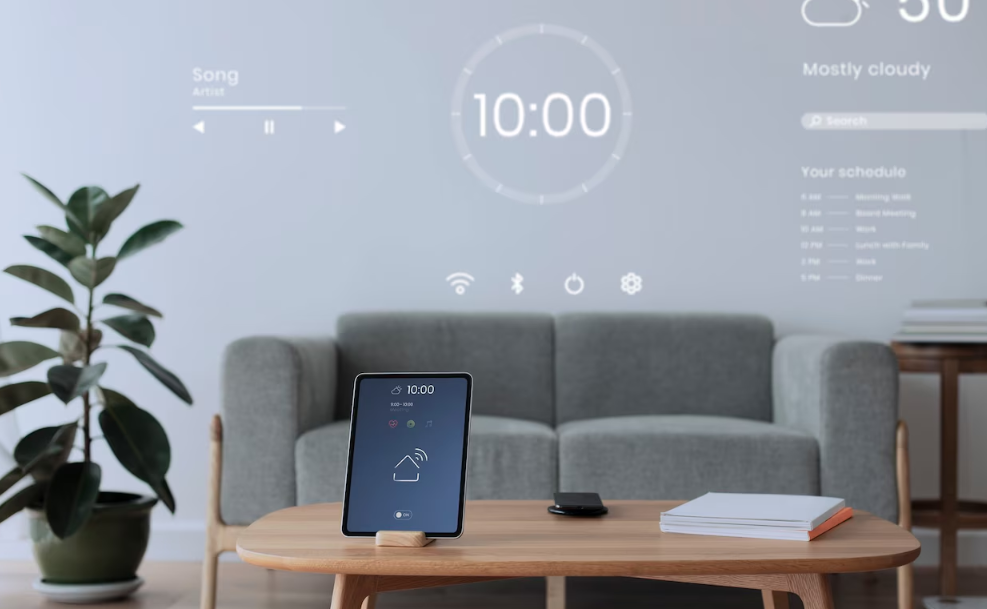In the modern world, the internet is a fundamental part of daily life, from browsing the web to streaming content, working remotely, and gaming online. As data consumption grows exponentially, the technologies we use to connect to the internet must evolve to meet increasing demands. Fiber optic cables, known for their high-speed, high-capacity data transmission, have long been the backbone of global internet infrastructure. However, with the rise of wireless technologies like 5G and Wi-Fi 6, questions are emerging: Could wireless connections replace fiber optic cables? Or are fiber optics destined to remain the gold standard in internet connectivity? This article explores the potential for wireless technologies to replace fiber optics and the challenges that come with it.
Fiber Optics: The Current Gold Standard
🌐 What Are Fiber Optic Cables?
Fiber optic cables use light to transmit data at extremely high speeds and over long distances. These cables consist of strands of glass or plastic fibers that carry data as light pulses, offering unparalleled speed, bandwidth, and reliability. Fiber optics are commonly used in:
- Backbone networks: Connecting large-scale data centers and long-distance communication infrastructure.
- Home broadband: Offering gigabit speeds for households, particularly through technologies like FTTH (Fiber to the Home).
- Telecommunications: Powering 4G and 5G towers, supporting vast amounts of data.
Fiber optics are praised for their ability to transmit data without signal degradation over long distances, their security, and their ability to handle massive amounts of data simultaneously.
🚀 Why Fiber Optics Are Still Important
Despite the increasing popularity of wireless technologies, fiber optics continue to be essential for high-capacity internet connections. Fiber offers:
- Superior Speed: Fiber optics can support data speeds of up to 100 Gbps (gigabits per second), which is significantly faster than most wireless technologies.
- Long-Distance Reliability: Fiber optic cables can transmit data over distances of hundreds of kilometers without significant loss in quality, which is a major advantage over wireless systems.
- Security: Fiber optic cables are inherently more secure since intercepting light signals is difficult without detection.
These benefits make fiber optics the backbone of the internet infrastructure, with wireless technologies often relying on fiber for their backhaul networks.
The Rise of Wireless Connections
📶 Wireless Technologies: The New Frontier
Over the past decade, wireless technologies like Wi-Fi, 5G, and millimeter-wave networks have made remarkable strides, offering faster speeds, lower latency, and broader coverage. Here’s a closer look at the leading wireless contenders:
- Wi-Fi 6 and Wi-Fi 7: The latest iterations of Wi-Fi technology promise faster speeds, higher capacity, and better handling of multiple devices on a single network. Wi-Fi 6, for example, supports speeds of up to 9.6 Gbps, far surpassing the capabilities of earlier Wi-Fi versions.
- 5G: The fifth-generation cellular network technology offers ultra-fast download speeds, low latency, and the ability to support millions of devices in a small area. 5G promises speeds up to 10 Gbps, potentially reaching even higher speeds with millimeter-wave (mmWave) technology.
- WiGig and Other High-Speed Wireless: Technologies like WiGig (which operates on the 60 GHz band) promise multi-gigabit speeds for short-range wireless connections, ideal for high-bandwidth applications like virtual reality (VR) or 4K streaming.
Wireless technologies, especially 5G, are seen as a solution to provide fast internet access to remote or underserved areas, complementing or replacing fiber optics in the last-mile delivery of services.
Will Wireless Replace Fiber Optic Cables?
⚡ Advantages of Wireless Technology
Wireless connections certainly have their advantages:
- Convenience and Mobility: Wireless networks provide the freedom to connect without the need for physical cables, making them ideal for mobile devices, smart homes, and businesses that require flexibility.
- Faster Deployment: Setting up a wireless network, especially for 5G or Wi-Fi, can be quicker than laying down fiber optic cables, which require physical infrastructure and time-consuming installation processes.
- Last-Mile Connectivity: Wireless technologies, particularly 5G, hold the promise of reaching remote areas where it may be impractical or costly to deploy fiber optics, offering high-speed internet access to rural and underserved communities.
🌐 Limitations of Wireless Technology
However, wireless technology has several limitations that could prevent it from fully replacing fiber optics:
- Limited Range and Coverage: While 5G promises impressive speeds, its coverage can be limited by factors like geography, building structures, and network congestion. mmWave 5G, for example, has a shorter range and is more susceptible to signal interference than fiber optic cables.
- Capacity Constraints: Although 5G and Wi-Fi 6 offer high speeds, they still cannot match the immense capacity of fiber optics. Fiber networks can carry significantly more data, especially over long distances, which is crucial for handling the future growth of global internet traffic.
- Latency Issues: Despite improvements, wireless networks still experience higher latency compared to fiber optics, particularly for large-scale, mission-critical applications like cloud computing, remote surgeries, or autonomous vehicles.
Hybrid Models: A Practical Solution
🏠 Combining Fiber and Wireless Technologies
Given the strengths and weaknesses of both fiber optics and wireless technology, a hybrid model seems to be the most likely solution for the future of connectivity. In this model, fiber optics would continue to serve as the backbone of internet infrastructure, while wireless technologies would be used for last-mile delivery and mobile access.
- Fiber-optic backbone networks would continue to provide the high-capacity, high-speed transmission required for data centers, cloud services, and long-distance communication.
- 5G and Wi-Fi networks would complement fiber by providing flexibility, mobility, and fast access to end-users, especially in areas where fiber optic installation is impractical.
For instance, 5G could serve as the backbone for wireless connections in urban environments, while fiber optics would continue to power the data centers and networks that handle vast amounts of data across countries and continents.
Conclusion: A Future of Coexistence, Not Replacement
While wireless technologies like 5G and Wi-Fi 6 are undeniably transforming how we connect and access the internet, fiber optics are unlikely to be fully replaced in the foreseeable future. Fiber remains the most reliable, high-speed, and high-capacity solution for long-distance data transmission and is essential for supporting the growth of global internet traffic.
Instead of replacing fiber optics, wireless technologies will likely complement and enhance existing infrastructure, providing mobility and flexibility while fiber continues to handle the heavy lifting. The future of connectivity will likely involve a coexistence of fiber optics and wireless technologies, each playing a role in meeting the growing demand for high-speed, reliable internet access.


